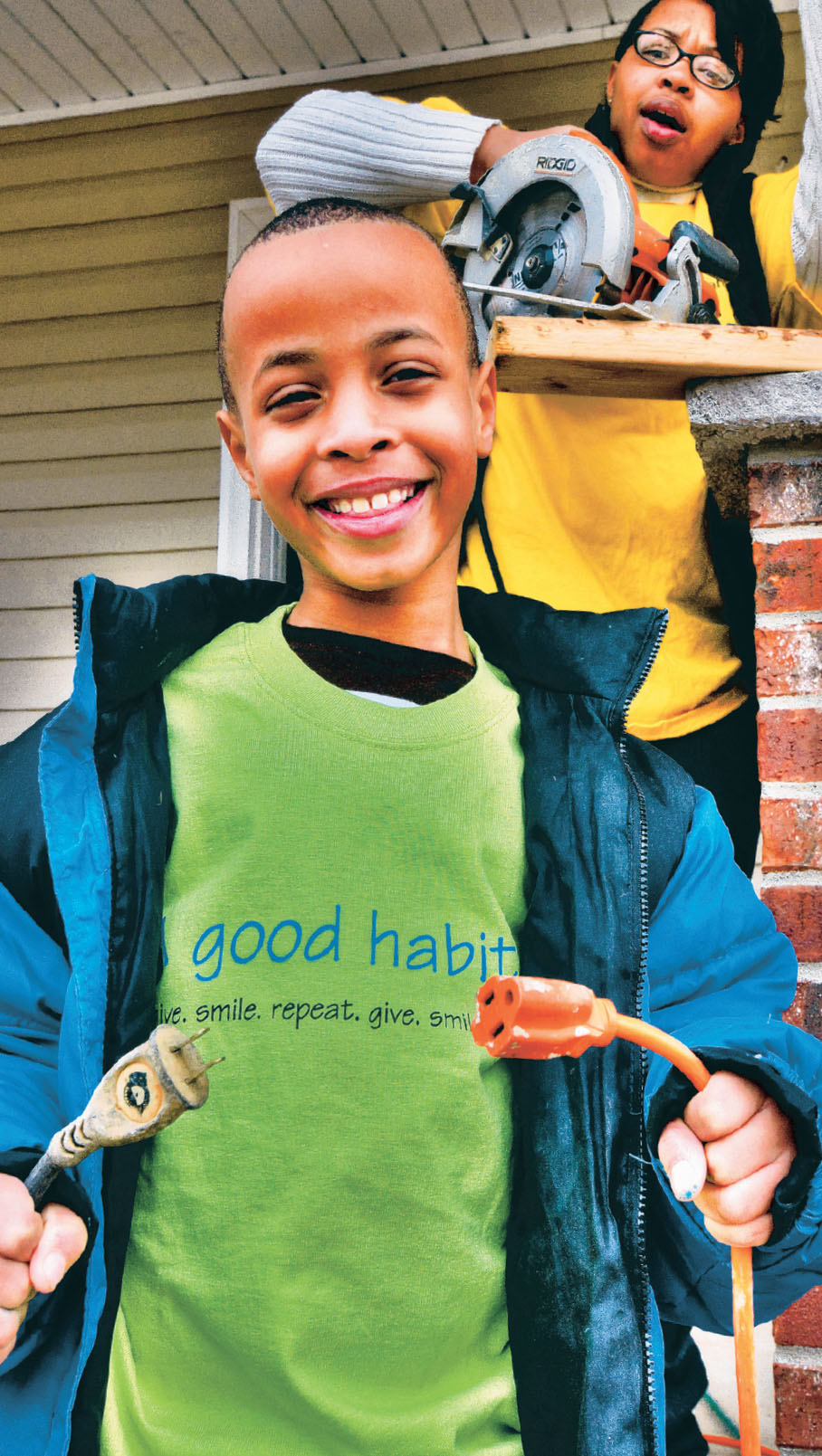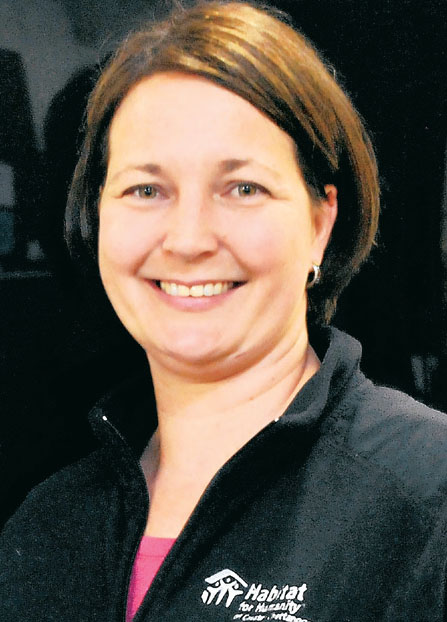The familiar sounds of progress echo from Habitat for Humanity's local office: the clang of metal striking metal, the monotonous beep of earth-moving machines and the low rumble of diesel engines. But this cacophony of construction isn't one of the nonprofit's typical projects to provide quality, affordable housing to some of Chattanooga's neediest families. Instead, Habitat is embarking on a renovation unlike any other in the country.
Thanks to a two-year capital campaign, Habitat for Humanity of Greater Chattanooga will open the doors this July to the nation's first LEED-certified ReStore, a retail outlet offering building materials and home goods at 50 to 70 percent off retail price. The premise is simple: local contractors, businesses and homeowners donate unwanted items, which are then sold to the general public.
Since opening in 2004, approximately 500 tons of building materials have been diverted from the landfill. What's more, all proceeds from the store cycle back into Habitat's operations, accounting for approximately 15 percent of its annual budget.
The facelift of the formerly squat cinderblock building was sorely needed, according to ReStore director Tina Shaw Cox. "I'd come home picking insulation out of my hair," she says of the former chicken-wire ceiling. It was dirty, dark, and summer and winter were nearly unbearable without any heat or air conditioning. But what ultimately precipitated the renovation was the need for expansion. With approximately $20,000 in gross sales each month, ReStore had outgrown its space. Once complete, the new structure will add 3,000 square feet of retail space and storage and at least three more employees. Cox hopes to double monthly sales.
So far, the Strauss Company has taken the structure down to its cement foundation and steel beam frame.
"We looked at moving to another location but ultimately decided to renovate the existing building, reusing as much of the brick and cinderblock as possible," says Cox.
Over the next few months, the crew will convert the shell of a building into an eye-catching urban space of brick, steel and glass. Until then, the ReStore is temporarily located in a warehouse off Alton Park Boulevard, near Howard School.
The interior will have an "IKEA feel," with pallet shelving, track lighting and polished cement floors. Instead of precariously stacking donated windows and doors in the corner, employees will display them on custom-built door racks, much like those found at big box home improvement stores. The front will feature a testing facility for donated appliances and a covered entryway will keep volunteers dry when unloading donations.
Thanks to a new drive-thru set up, donors won't even have to get out of their cars if they prefer. Finally, a beautiful glass donor wall will proudly display the names of those who've made gifts, totaling more than $600,000 so far.
But perhaps the most impressive aspect of this project is its green features. A state-of-the-art lighting system will monitor the amount of natural light in the space and automatically dim the lights accordingly. The heating and air will be a ductless system, called a variable refrigerant flow, which senses changes of temperature such as body heat and automatically adjusts. It's being installed through a partnership with TVA, EPB and the Electric Power Research Institute, which want to test the cutting-edge technology. Other features include rainwater collection, solar-powered outdoor lighting and drought resistant landscaping. All told, the building will use 30 to 40 percent less energy than conventional buildings its size.
The decision to build to LEED standards, fueled by Cox, was both altruistic and practical. Lowering energy consumption lowers utility bills, allowing more money to flow back into Habitat's mission.
In fact, all of Habitat's homes are built to Earthcraft standard, just below LEED levels. Many Habitat families only pay about $40 per month in utilities, which is vital for families living paycheck to paycheck.
For all the shoppers ReStore hopes to attract, its purpose will extend way beyond a retail outlet. By offering design workshops and homeowner classes, the new building will become a resource for its 14th Street neighborhood and the community at large. In fact, ReStore will likely find many roles after it opens its doors this summer, making it the ultimate recycling project.


